Experience the Thrill of Skiing
The Thrill of Skiing
Skiing is more than just a sport; it's an exhilarating dance with nature, a journey through pristine winter landscapes, and a test of skill and endurance. From its ancient origins as a practical mode of transport in snow-covered regions, skiing has evolved into a beloved recreational activity and a competitive sport enjoyed by millions worldwide.
The history of skiing dates back thousands of years, with evidence of early skis found in ancient Nordic countries. Initially, skis were simple wooden planks used for traversing deep snow. Over centuries, innovations in design and materials transformed these rudimentary tools into the high-performance equipment we know today. The late 19th and early 20th centuries saw the birth of modern alpine skiing, with the development of ski bindings, boots, and techniques that allowed for greater control and speed.
Today, skiing offers a diverse range of disciplines, from the high-speed thrills of downhill racing and the artistic grace of freestyle skiing to the serene beauty of cross-country touring. Whether you're a beginner seeking the gentle slopes or an expert tackling challenging moguls, skiing provides an unparalleled connection to the winter environment and an incredible sense of accomplishment. It's a sport that combines physical exertion with mental focus, offering both a fantastic workout and a peaceful escape.
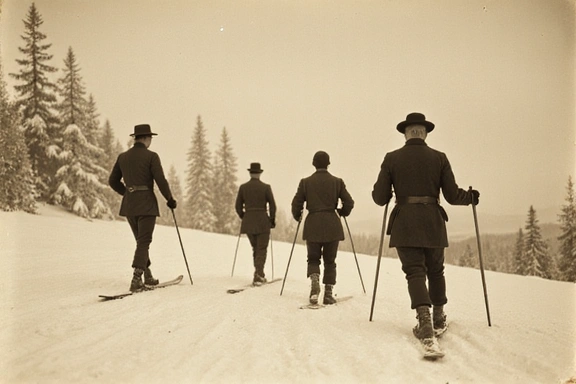
Skiing Fundamentals
Understanding the basic rules and fundamental concepts is crucial for a safe and enjoyable skiing experience. These principles not only ensure your safety but also help you progress faster and navigate the slopes with confidence.
The Skier's Responsibility Code
- Always stay in control and be able to stop or avoid other people or objects.
- People ahead of you have the right of way. It is your responsibility to avoid them.
- Stop in a safe place for you and others. Do not stop where you obstruct a trail or are not visible.
- Whenever starting downhill or merging into a trail, look uphill and yield to others.
- Always use devices to prevent runaway equipment.
- Observe all posted signs and warnings. Keep off closed trails and out of closed areas.
- Know how to use the lifts safely.
Basic Stance and Balance
- Athletic Stance: Knees and ankles slightly bent, shins pressed against the front of the boots, hands forward, and weight centered over the middle of the skis.
- Balance: Maintain a dynamic balance, allowing your body to move with the terrain. Avoid leaning too far back or too far forward.
- Edge Control: Use the edges of your skis to grip the snow. Tilting your ankles and knees controls the angle of your skis to the snow.
Turning Techniques
- Snowplow (Wedge) Turn: The foundational turn for beginners. Skis form a "V" shape, with tips close together and tails apart, using the inner edges to control speed and direction.
- Parallel Turn: An advanced technique where skis remain parallel throughout the turn, relying on edge angle and body rotation for control.
- Carving: A high-performance parallel turn where the skis follow an arc on their edges without skidding, resulting in smooth, fast turns.
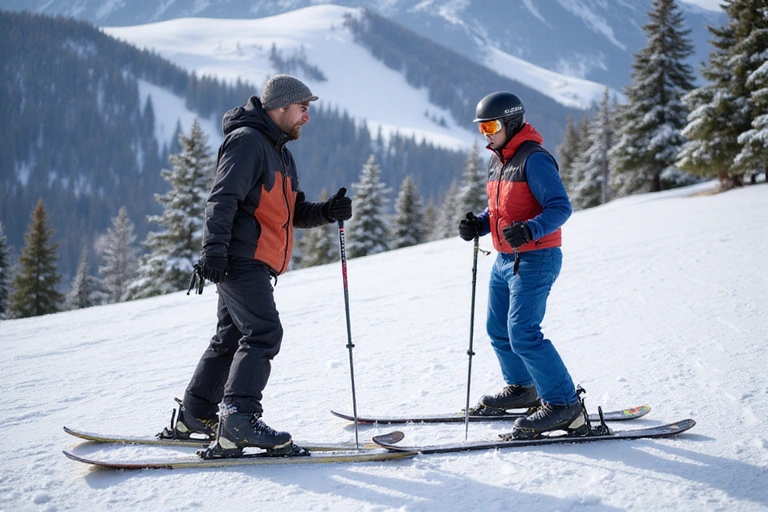
Essential Ski Gear
Having the right equipment is paramount for comfort, safety, and performance on the slopes. Modern ski gear is designed to enhance your experience, providing control, warmth, and protection. Here's a breakdown of the essential items you'll need.
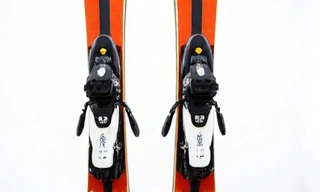
Skis
The core of your setup. Skis vary greatly in length, width, and shape, depending on your skill level, preferred terrain, and skiing style (e.g., carving, powder, all-mountain). Beginners typically start with shorter, more forgiving skis.
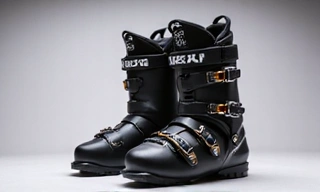
Ski Boots
Crucial for transmitting your movements to the skis. Boots must fit snugly but comfortably, providing support and responsiveness. Different flex ratings cater to varying skill levels.
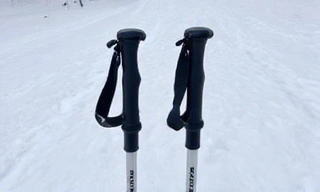
Ski Poles
Used for balance, timing, and propulsion. Poles should be sized so that your arm forms a 90-degree angle when holding them upright with the tip on the ground.
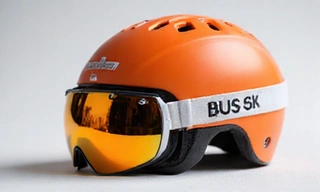
Helmet
An absolute must for safety. A properly fitting helmet protects against head injuries and provides warmth. Always choose one certified for snow sports.
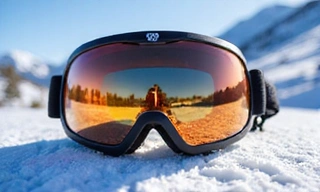
Goggles
Protect your eyes from UV rays, wind, and snow. Look for goggles with good ventilation to prevent fogging and interchangeable lenses for different light conditions.
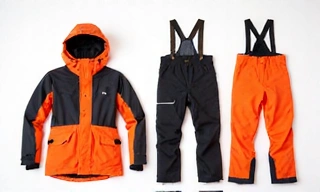
Apparel
Dress in layers: a moisture-wicking base layer, an insulating mid-layer, and a waterproof/breathable outer shell (jacket and pants). Don't forget warm gloves or mittens and ski-specific socks.
Skiing Destinations in the USA
The United States boasts some of the world's most spectacular ski resorts, offering diverse terrains, abundant snowfall, and world-class amenities. From the iconic peaks of the Rockies to the charming resorts of the East Coast, there's a perfect destination for every skier.
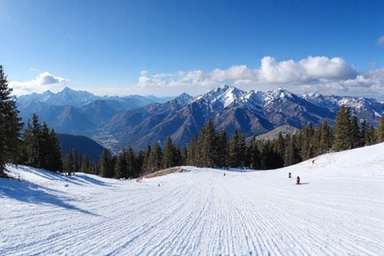
Colorado's Legendary Peaks
Colorado is synonymous with exceptional skiing, home to renowned resorts like Vail, Aspen, Breckenridge, and Steamboat Springs. These destinations offer vast terrain, luxurious accommodations, and vibrant apres-ski scenes. The dry, abundant powder makes for incredible conditions.
Explore Aspen Resort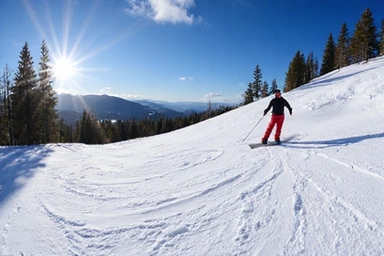
Utah's "Greatest Snow on Earth"
Utah proudly claims to have the "Greatest Snow on Earth," and resorts like Park City Mountain, Alta, Snowbird, and Deer Valley consistently deliver. With easy access from Salt Lake City, Utah offers incredible skiing, from challenging expert runs to family-friendly slopes.
Discover Utah Resorts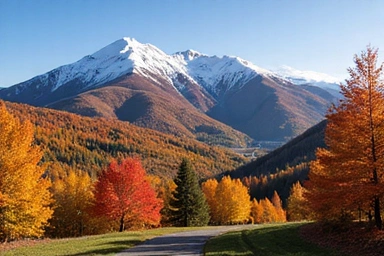
Vermont's East Coast Charm
For those on the East Coast, Vermont offers a classic New England skiing experience. Resorts like Killington, Stowe, and Sugarbush provide challenging terrain, beautiful scenery, and a cozy, traditional atmosphere. Known for their tree skiing and vibrant fall foliage.
Find Vermont ResortsNo matter your preference, the USA offers an unparalleled variety of skiing experiences. Visit our Resorts page to find comprehensive guides and details about these and many other fantastic ski destinations.
Stay Safe on the Slopes
Safety should always be your top priority when skiing. Adhering to responsible practices and being aware of your surroundings can prevent accidents and ensure everyone has a great time on the mountain. Here are essential safety tips for all skiers.
Preparation and Awareness
- Physical Fitness: Ensure you are physically prepared for skiing to reduce the risk of injury.
- Check Conditions: Always check snow conditions, weather forecasts, and avalanche warnings before heading out.
- Know Your Limits: Ski on trails appropriate for your skill level. Don't attempt runs that are beyond your current ability.
- Hydration and Nutrition: Stay hydrated and fueled. Skiing is a strenuous activity.
- Buddy System: Ski with a partner or group, especially in unfamiliar terrain or off-piste.
Equipment and On-Slope Conduct
- Proper Equipment: Use well-maintained and correctly fitted skis, boots, bindings, and a helmet.
- Visible Clothing: Wear bright, visible clothing to be easily spotted on the slopes.
- Follow the Code: Always abide by the Skier's Responsibility Code.
- Control Your Speed: Always ski at a speed appropriate for your ability, conditions, and traffic.
- Look Uphill: When stopping or merging, look uphill to ensure it's safe to proceed.
- Yield to Others: The skier downhill has the right of way.
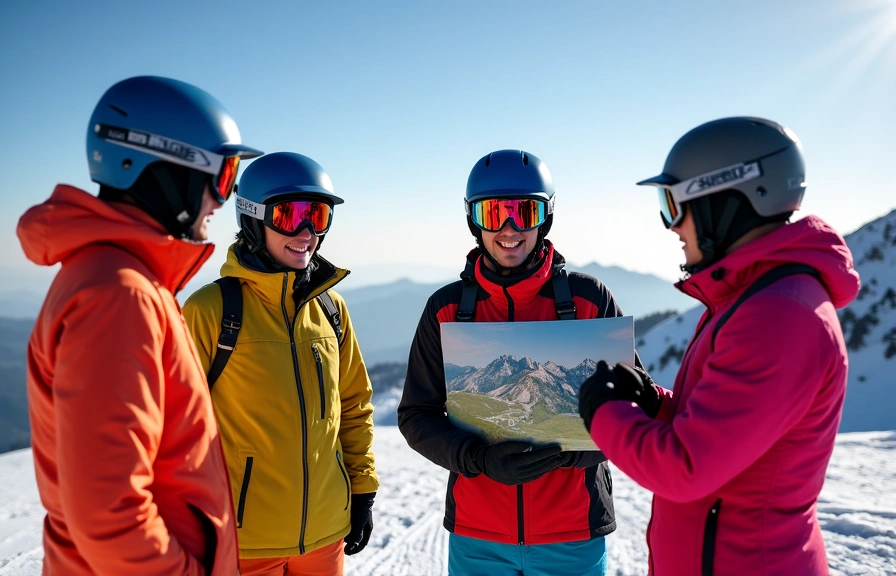
Remember, a safe skier is a happy skier. By following these guidelines, you contribute to a safer environment for everyone on the mountain, allowing you to fully enjoy the thrill and beauty of skiing. For more detailed information, consider taking a lesson with a certified instructor.